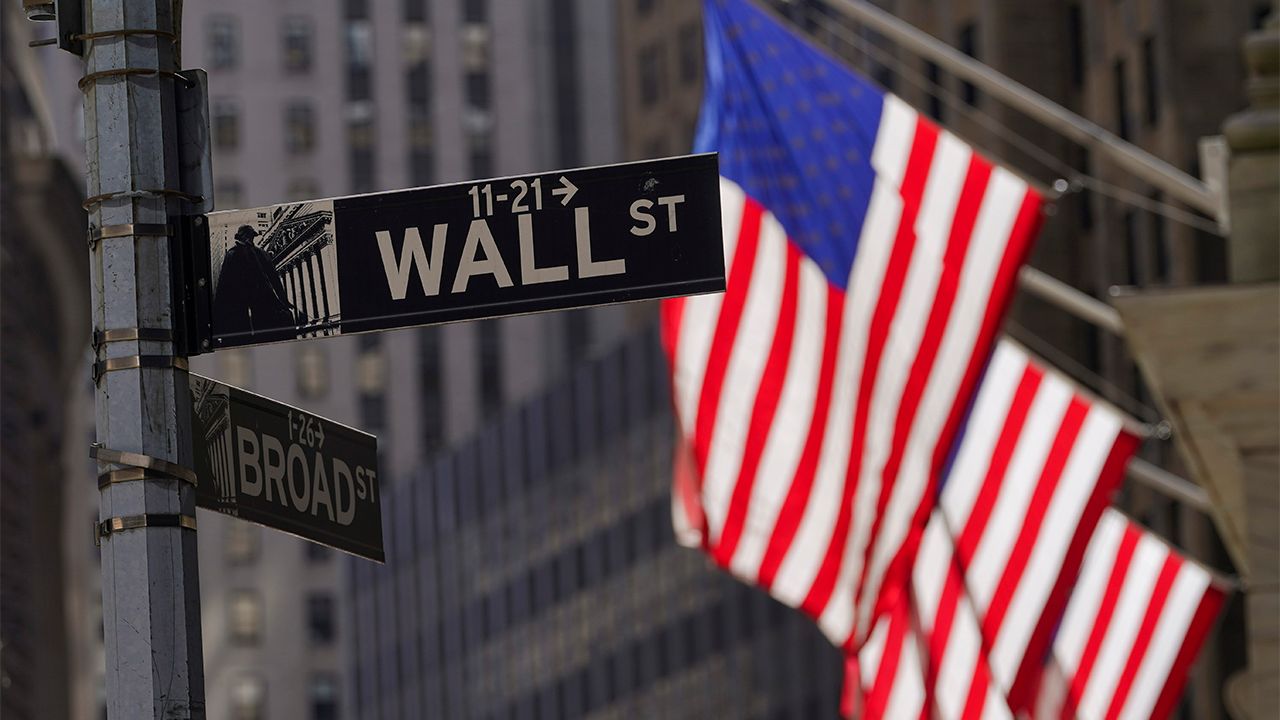A further issue Wall Street must contend with concerns the approval of, what will soon be another, substantial federal administration rate hike. A team at Morgan Stanley fears that this could lead to a decline in stocks, assuming this development turns out to be fully congruous with forecasts.
The unwinding of a decade's-long plan to flood the economy with unlimited cash, or the immediately preceding tightening of budgets, is known by another name: Quantitative Easing. Now that those plans have been reversed, analysts are studying how balance-sheet procedures have affected the equities market, with Morgan Stanley's trading and sales team conducting a recent study on the subject.
Traders expecting a slowdown in the pace of the FED rate hike-a-thon to help equities emerge from the yearlong bear market will likely get a wakeup call from the ongoing impact of the Fed’s QT program, wrote the team whose members include Christopher Metli. They say the S&P 500 will drop as much as 15% by March, based on historic patterns and projected money flows in coming months. Our analysis says 30% more off of all-time highs but who's counting.
The mechanics are complicated but in the simplest terms, a rise in Fed’s balance sheet means an expansion in liquidity that bodes well for stocks, while a decrease would suggest a contraction in liquidity with the potential to spell trouble.
With Fed QT (Quantitative Tightening) running at a pace of $95 billion a month and the Treasury forecasting its cash balance to rise by $200 billion into year end, that amounts to a squeezing of liquidity that alone implies an 8% drop for the S&P 500 by the end of December, according to their model.
“That liquidity drain will be very hard to fight,” they warned.
Translation: This is also known as the race to the bottom. With selling pressure from the FED, and diminished liquidity since the FED is no longer a buyer, downside pressure is hard to beat, let alone ignore. Here's the proof: Since 1/1/2022, the SP500 is down 17%. The fed is warning that there's an additional 15% to go, which places the retracement for the SP500 at 332, by march 2023. Let that sink in.
If this is the soft landing that the FED has been engineering, I can't imagine what the hard landing option was. I have a strong feeling that we're not out of the woods yet, but consensus seems to be that the road to $SPY500 goes through $SY330. We shall see...we shall see.

